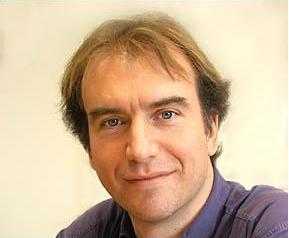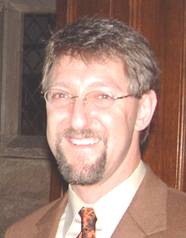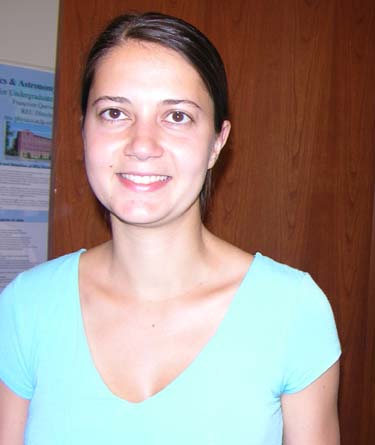Day Two Invited Speakers
 |
Professor Fred Mackintosh, Vrije UniversiteitResearch Interests |
Professor Paul Goldbart, Georgia TechCurrent Research Interests:
|
 |
 |
Professor Zvonimir Dogic, BrandeisMy current research interests fall at the interface between physics and sensory neuroscience, and focuses at understanding the basic processes of hearing. The first step in our processing of sound is mediated by hair cells, specialized cells of the inner ear that detect mechanical stimuli and transduce them into electrical signals that are passed on to the rest of the brain. These cells display remarkable properties; they can detect displacements smaller than 1 nm, and yet can withstand loud sounds, covering a range of about 6 orders of magnitude. Further, they can amplify incoming stimuli and sustain prolonged oscillations, despite being immersed in a dissipative fluid environment. The mechanisms behind hair cell activity are still not fully elucidated, making hearing one of the least understood senses. Research in this laboratory is aimed at addressing some of these long-open questions. |
Professor Dolores Bozovic, UCLAMy current research interests fall at the interface between physics and sensory neuroscience, and focuses at understanding the basic processes of hearing. The first step in our processing of sound is mediated by hair cells, specialized cells of the inner ear that detect mechanical stimuli and transduce them into electrical signals that are passed on to the rest of the brain. These cells display remarkable properties; they can detect displacements smaller than 1 nm, and yet can withstand loud sounds, covering a range of about 6 orders of magnitude. Further, they can amplify incoming stimuli and sustain prolonged oscillations, despite being immersed in a dissipative fluid environment. The mechanisms behind hair cell activity are still not fully elucidated, making hearing one of the least understood senses. Research in this laboratory is aimed at addressing some of these long-open questions. |
 |
 |
Professor YongKeun Park, KIASTResearch Interests |